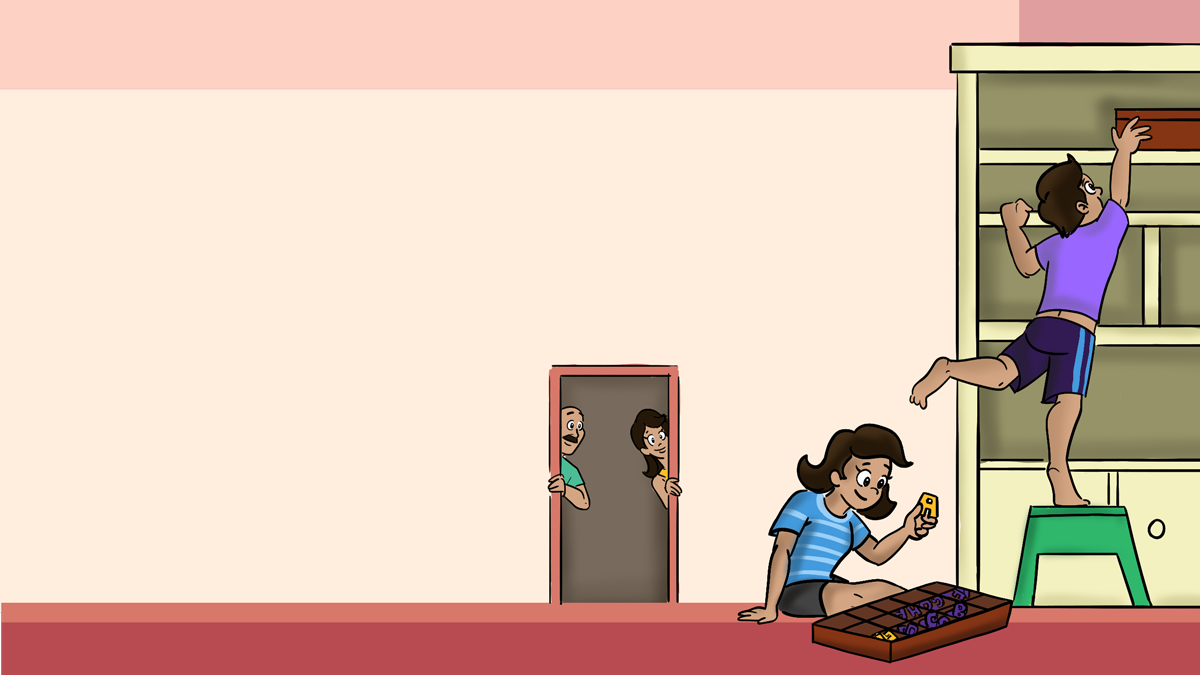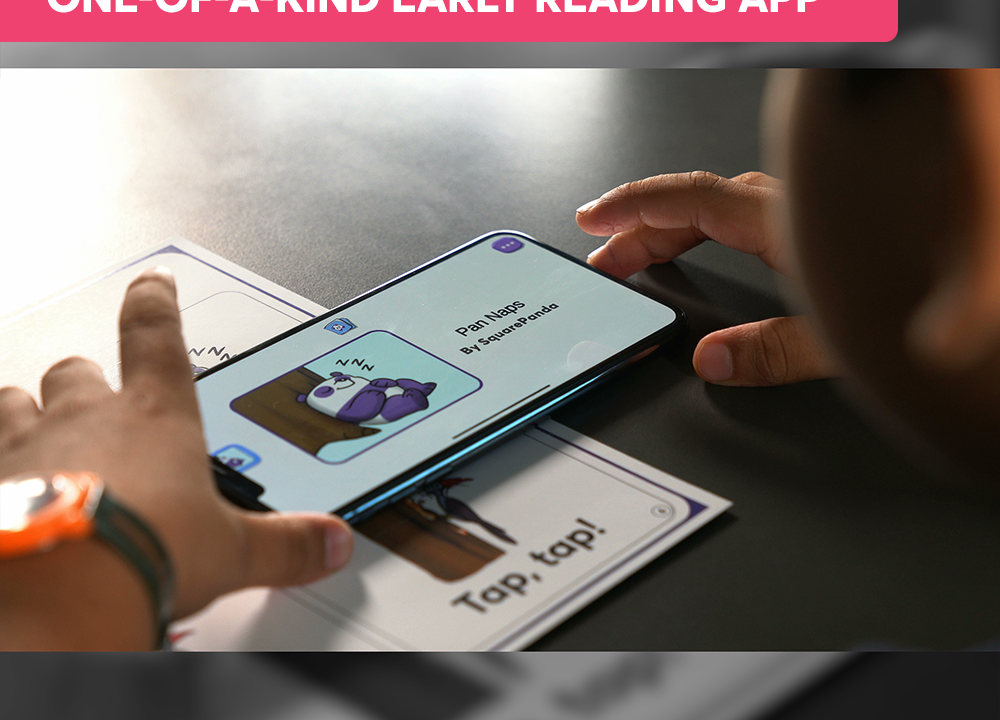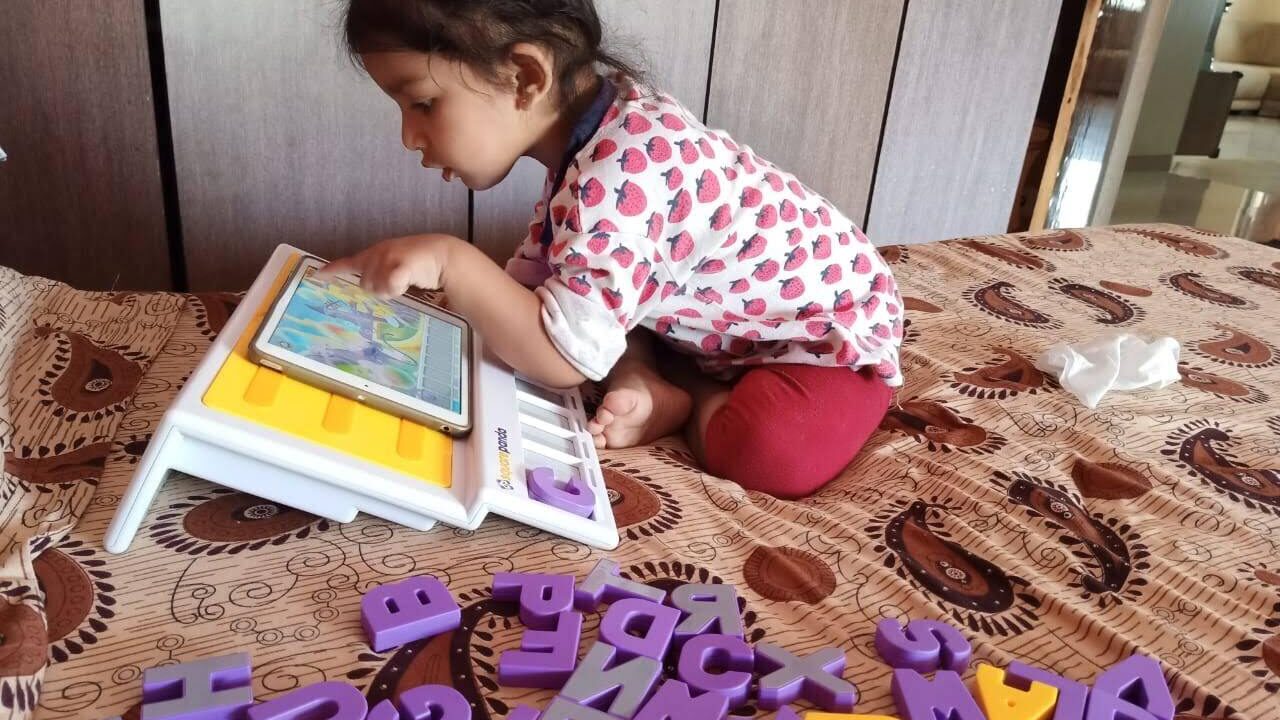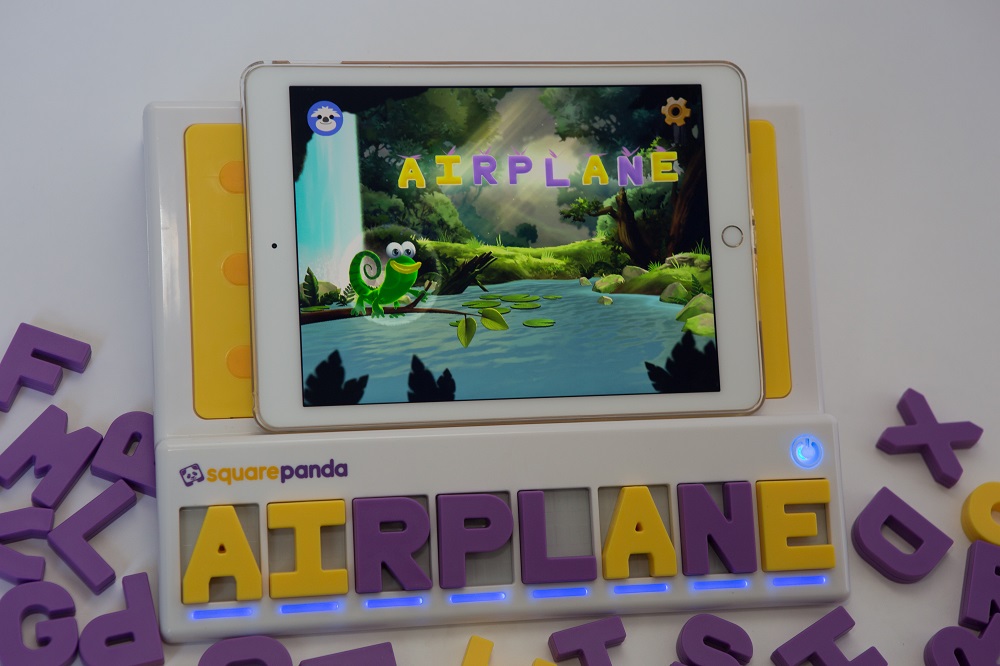He’s got an impressive 24+ years of experience, in multiple disciplines, no less, under his belt. The shot caller at Square Panda India, he was recently promoted to Global CTO.
He is passionate about his family, basketball, and making a social impact.
Introducing our MD and Global CTO, Ashish Jhalani, who very kindly agreed to sit down with us for a special interview, where he divulges details about his journey to Square Panda, early education, and his favourite character from our games.

Watch the interview here, or read the transcript below:
FROM ECOMMERCE TO EDUCATION. WHAT INSPIRED THAT TRANSITION?
“I spent almost all my life in the e-commerce field since I first started working. Transferring to education was a big decision, but it kind of comes down to wanting to do something more than just build businesses and have an impact on a very little number of people. Here in education, it gives me an opportunity to impact millions of kids, especially here at Square Panda, with us having a presence in the US, in China, and in India, and then obviously, in each one of these countries there are millions of kids that are in need of literacy, and it gives me an opportunity to reach to all of those kids. So yeah, it is more of a social kind of a move at this point. You want to make an impact and not just build businesses, but here, it gives me an opportunity to do both.”
WOULD YOU HAVE USED SQUARE PANDA, HAD IT BEEN AVAILABLE WHEN YOUR CHILDREN WERE YOUNGER? WHAT INFLUENCES YOUR DECISION EITHER WAY?
“At first, challenges: would I want screen time for them? NO! Or yes. But if we looked at the product, I think I would want to use it for my kids. One, because I was a second language learner, my wife was a second language learner, and we wanted our children to obviously learn better than we did. So, I think I would have chosen Square Panda as one of the products for my children to learn from. I myself used different tools initially to learn English, so I think I would use something for my kids as well.”
AI (ARTIFICIAL INTELLIGENCE) AND MI (MACHINE LEARNING), THESE TERMS ARE NOW BEING USED IN THE MOST IMPORTANT OF ALL SPHERES, EDUCATION. HOW DOES SQUARE PANDA TAKE ADVANTAGE OF THIS TREND?
“AI and MI are hot topics at this point, be it education or finance. But in education, specially, we are talking about how can AI and MI help. Here at Square Panda, we take ‘first steps’ (referencing the fact that our educational games create a foundation to language learning and early literacy); all of our games are adaptive games. As children are playing these games and learning, each child learns differently. So if your child is making a mistake with a certain letter, word, etc., we recognise that. Obviously, our games ensure that the child has enough practice and enough repetition to learn that particular issue that they were having. That’s just one step. As we build our products further, we are building more algorithms to understand the demographics of the child, to understand what their patterns of learning are, and have them integrated against the new products, the new games, and the new curriculums that we are building up.”
WHAT IS THE SQUARE PANDA MISSION STATEMENT?
“Our mission here at Square Panda is very simple. We want to empower all kids with the power of literacy. We want every child to have education, we want every child to learn a language, and a language that is common across the globe.”
WHAT ARE THE GOALS SQUARE PANDA HAS?
“The goals Square Panda has is to make education and literacy, affordable and reachable to the masses across the world, may it be in China, may it be in India. We want to make sure that every child gets an opportunity to be literate, learn the language of English—which is a primary language across the world—and find better jobs as they grow up.”
WHO IS YOUR FAVOURITE CHARACTER FROM OUR GAMES?

“My favourite character in our games is obviously Square Panda. He has got this unique thing–pandas are never square, but he is square…and I like that. So, yeah, my favourite character is Square Panda.”
WHAT SETS SQUARE PANDA APART FROM OTHER EARLY LEARNING SYSTEMS?

“What sets us apart at Square Panda is realistically, our ability to be adaptive. Like I said, every child learns differently. That’s what Square Panda is all about. Now, obviously, we have many other important aspects too, but what differentiates us; one being ‘multisensory’. Our playset is unique in what it offers. It gives the child (the ability) to still continue to develop motor skills, etc. while using the digital adaptive platform. Now, let’s not discount the amount of research that has gone into building our curriculum. Though the user is seeing the games, the children playing it interact with the game, there is a large amount of curriculum that helps them learn, and there are learning goals for everything that the child is doing in our games.
What sets Square Panda apart in most cases is the innovation we bring. We currently have our meta game out—‘SquareLand’—where we are continuously adding more interactions, more engagements to the product, where we can complete the learning goals of each early learner. In addition to that, we have products such as ‘Buddy Reader’ that is coming out that will help children read better. In the future, we have other products that will help the child complete their full cycle of learning–from reading, to writing and recognising letters, etc. So, Square Panda is an innovative company; we are going to constantly be innovating new things. Not everything can be talked about, but there are things that are continuously in the pipeline to be introduced to the markets in India, in China, and in the US.”
Like, Share, and Follow us on Instagram, Facebook, Twitter, LinkedIn, and YouTube!
Check out our website for more articles, videos, and educational games!
– Sanjana Shukla, Content Writer, Square Panda India




















 That’s why so much of early education is play alongside learning. Research supports the ‘learning through play’ method, with esteemed psychologist
That’s why so much of early education is play alongside learning. Research supports the ‘learning through play’ method, with esteemed psychologist  2) Play Helps Power Their Mind: Imagine a large battery which you can plug, and voila, your kids’ brains are that much smarter. A learning game is exactly that battery, sparking more engagement and learning in a beginner learner’s mind. Not only are their cognitive skills much more developed, they also exhibit signs of critical thinking, and can understand cause and effect.
3) Learning Games Prompt Physical Play: Not every educational game has users sit passively to learn; the ones catering to a younger audience almost always incorporate an element of kinesthetic learning-whether it is dancing, or singing, or simply getting up and moving around. Boosting large and small motor skills, these games are perfect for added reinforcement of regular learning.
4) Games Boost Creativity: When kids play a learning game, their minds are almost always actively engaged. Whether it is the animated gameplay or the engaging activities in each game, young learners can explore and expand their minds to a greater extent.
2) Play Helps Power Their Mind: Imagine a large battery which you can plug, and voila, your kids’ brains are that much smarter. A learning game is exactly that battery, sparking more engagement and learning in a beginner learner’s mind. Not only are their cognitive skills much more developed, they also exhibit signs of critical thinking, and can understand cause and effect.
3) Learning Games Prompt Physical Play: Not every educational game has users sit passively to learn; the ones catering to a younger audience almost always incorporate an element of kinesthetic learning-whether it is dancing, or singing, or simply getting up and moving around. Boosting large and small motor skills, these games are perfect for added reinforcement of regular learning.
4) Games Boost Creativity: When kids play a learning game, their minds are almost always actively engaged. Whether it is the animated gameplay or the engaging activities in each game, young learners can explore and expand their minds to a greater extent.

 Playing, Learning, And The World: Governments around the world have started to recognise and acknowledge the importance of learning through play, and are taking steps (strides, in some countries), to incorporate a ‘play’ element for their young.
Playing, Learning, And The World: Governments around the world have started to recognise and acknowledge the importance of learning through play, and are taking steps (strides, in some countries), to incorporate a ‘play’ element for their young.


























